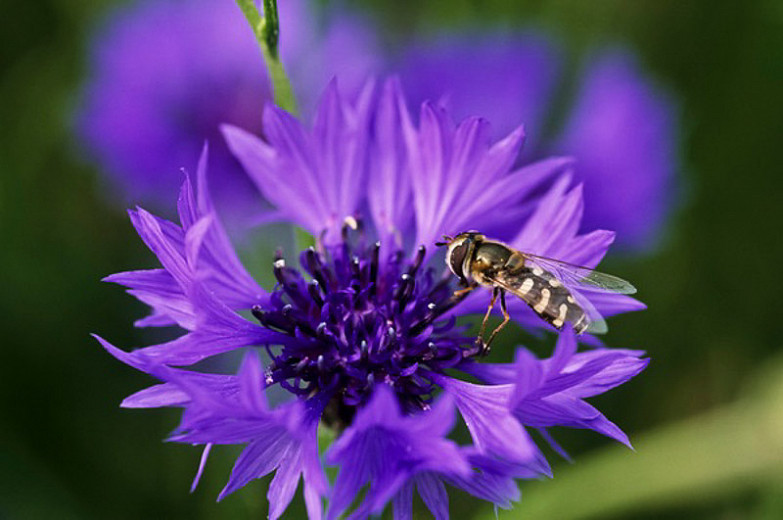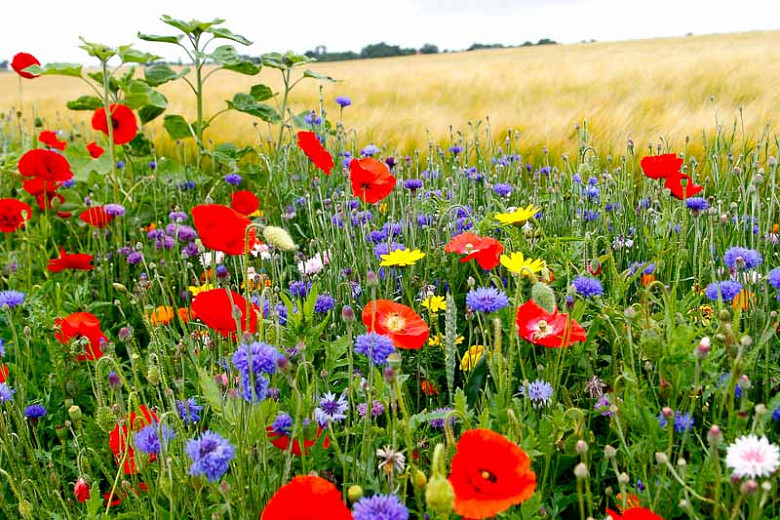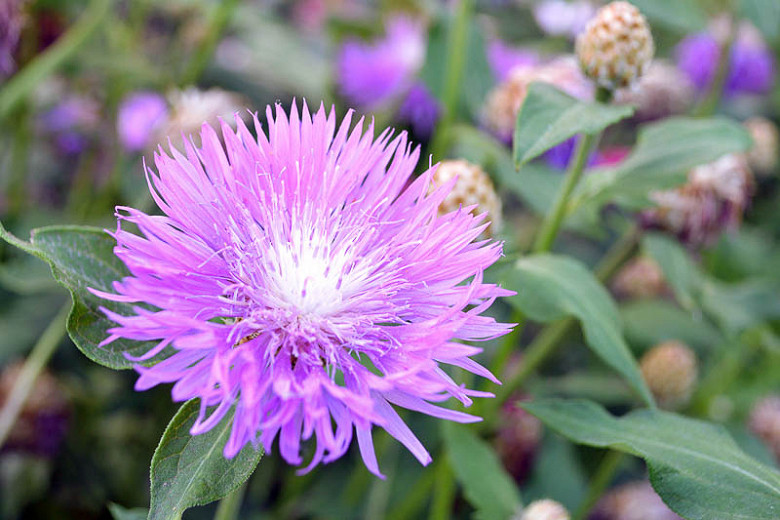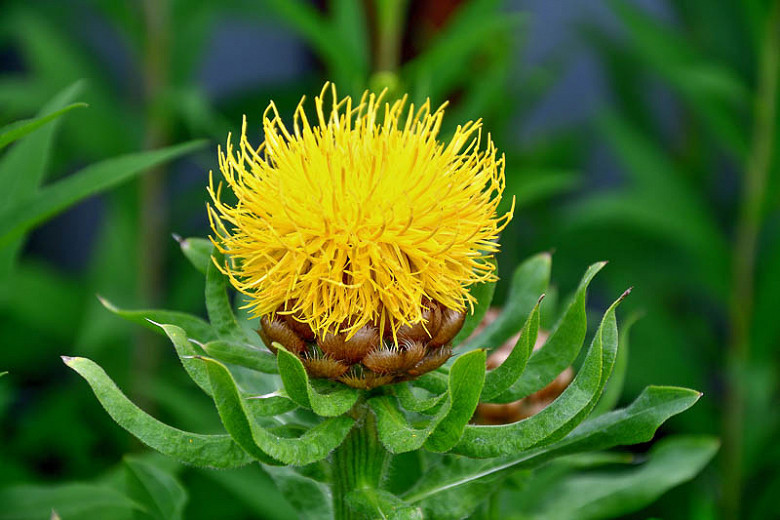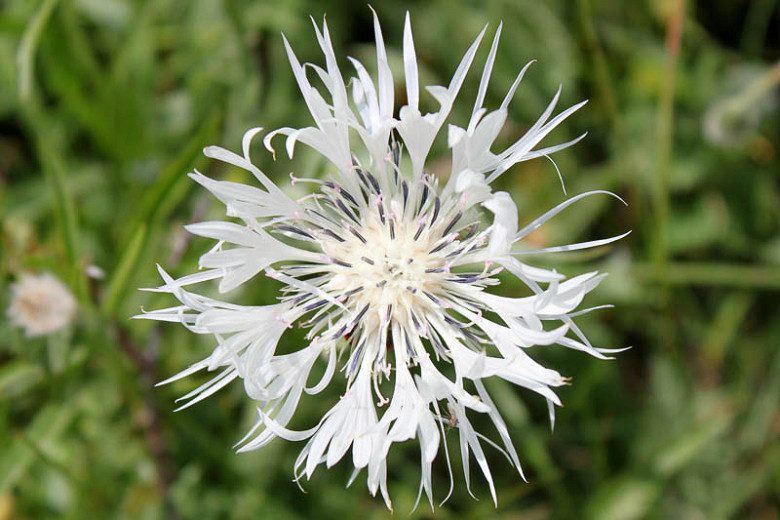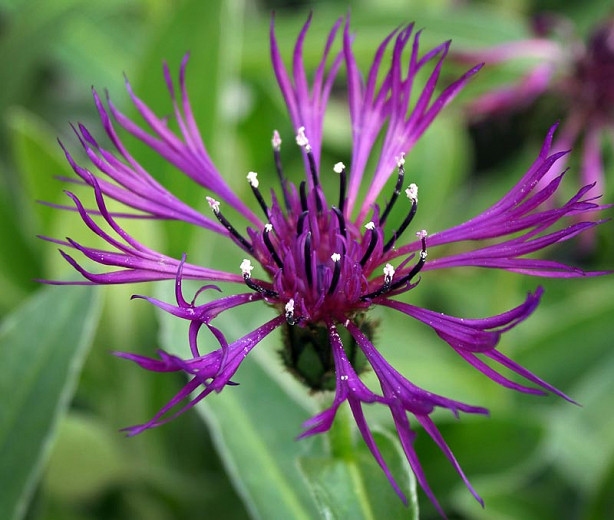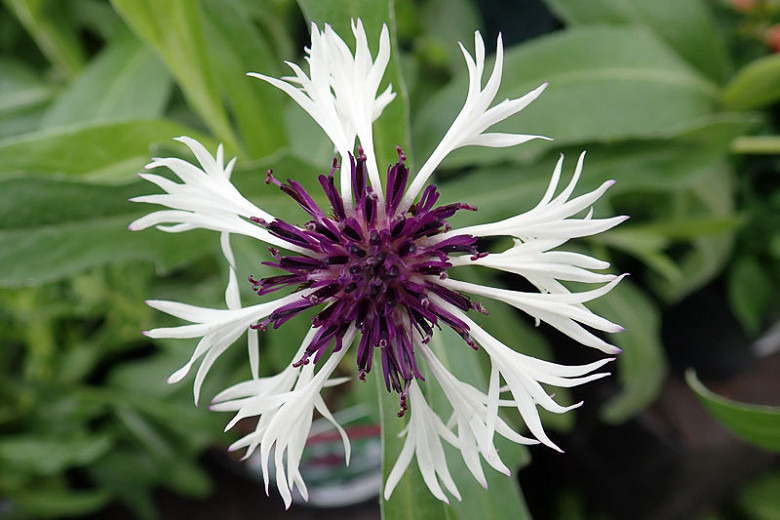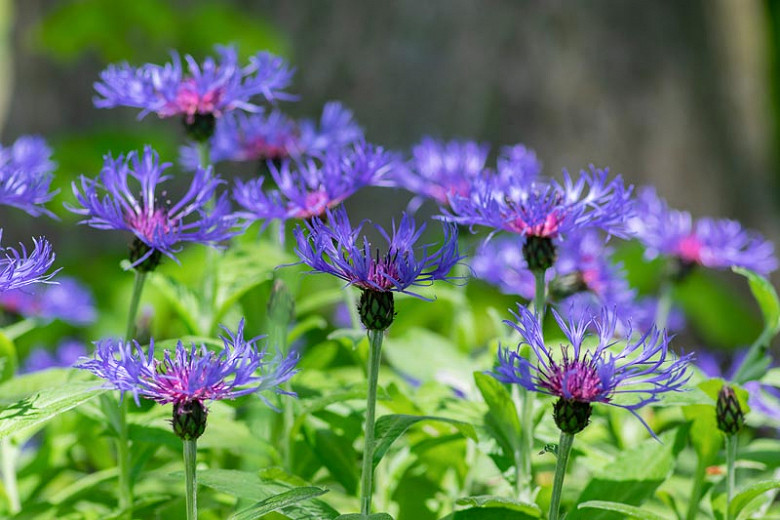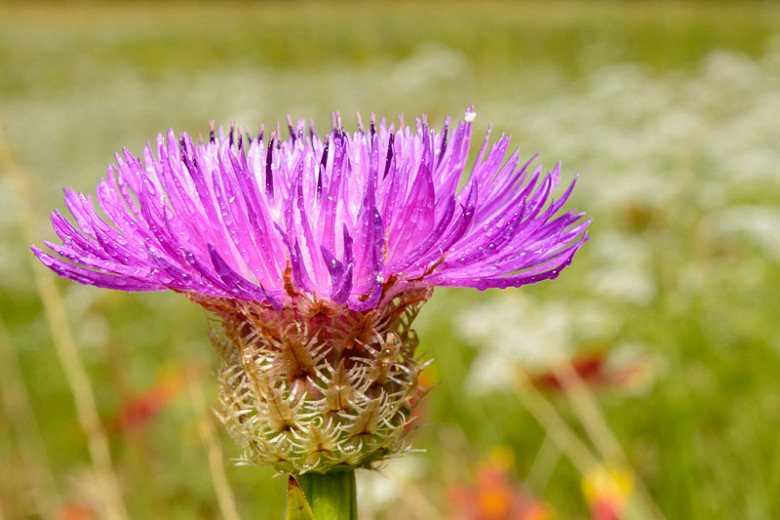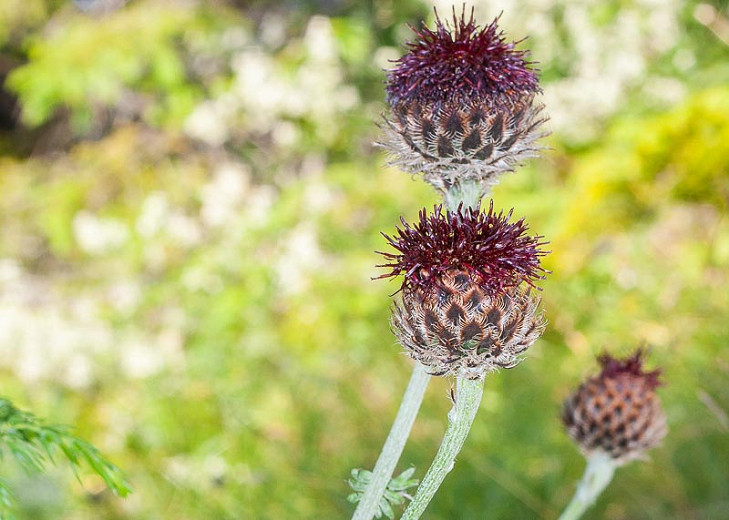Centaurea cyanus (Cornflower)
Bearing charming and profuse flowers for months, Centaurea cyanus, known as Cornflower or Bachelor’s Button, are particularly attractive annual plants with usually double, daisy-like flower heads in shades of blue, pink, lavender, white, and maroon
Bearing charming and profuse flowers for months, Centaurea cyanus, known as Cornflower or Bachelor's Button, are particularly attractive annual plants with usually double, daisy-like flower heads, 1.5 in. wide (3.5 cm), in shades of blue, pink, lavender, white, and maroon. Blooming abundantly from late spring into late summer (if deadheaded), they rise cheerfully atop tall stems clad with lance-shaped, gray-green leaves. A magnet for butterflies, bees, and other pollinators and beneficial insects, they are excellent for cutting and drying.
- Grow in upright clumps up to 12-36 in. tall (30-90 cm) and spread 6-12 in. wide (15-30 cm).
- Prefer full sun or light shade and enjoy average, medium, and well-drained soils. Cornflowers are very adaptable and will grow in the poorest of soils. The plant will tend to flop in too much shade. Staking may be required on taller plants. Minimal watering and no fertilizer are required to keep these annuals going. Established plants can tolerate dry soil, but regular watering will keep the plants healthier.
- Easy to grow and virtually pest and disease free (watch for aphids and mealybugs), they are also deer and drought-tolerant!
- Perfect for borders and beds, cottage gardens, prairie plantings, cutting gardens, wildlife gardens, or containers. The dwarf varieties are nice for rock gardens and the front of borders or along edges. Excellent choice for naturalizing. Great as cut flowers too, fresh or in dried arrangements!
- New plants may be grown each year by planting seed indoors 6-8 weeks before the last spring frost date or outdoors at the last spring frost date. In mild winter areas, seed may be planted outdoors in the fall.
- Plants may reseed in the garden. Deadheading spent flowers will help prevent undesired self-seeding
- Native to Europe.
- Find where this species is invasive in the United States.
- Discover beautiful U.S. native plant alternatives.
Requirements
| Hardiness | 2 – 11 |
|---|---|
| Heat Zones | 1 – 7 |
| Climate Zones | 1, 2, 3, 4, 5, 6, 7, 8, 9, 10, 11, 12, 13, 14, 15, 16, 17, 18, 19, 20, 21, 22, 23, 24, H1, H2 |
| Plant Type | Annuals |
| Plant Family | Centaurea – Cornflowers |
| Exposure | Full Sun |
| Season of Interest | Spring (Late)Summer (Early,Mid,Late) |
| Height | 1' – 3' (30cm – 90cm) |
| Spread | 6" – 1' (15cm – 30cm) |
| Spacing | 6″ – 12″ (15cm – 30cm) |
| Water Needs | Average |
| Maintenance | Low |
| Soil Type | Loam, Sand |
| Soil pH | Acid, Alkaline, Neutral |
| Soil Drainage | Well-Drained |
| Characteristics | Dried Arrangements, Cut Flowers, Showy |
| Native Plants | United Kingdom |
| Tolerance | Deer, Drought |
| Attracts | Bees, Birds, Butterflies |
| Garden Uses | Beds and Borders, Patio and Containers |
| Garden Styles | Coastal Garden, Cutting Garden, Gravel and Rock Garden, Informal and Cottage, Prairie and Meadow |
